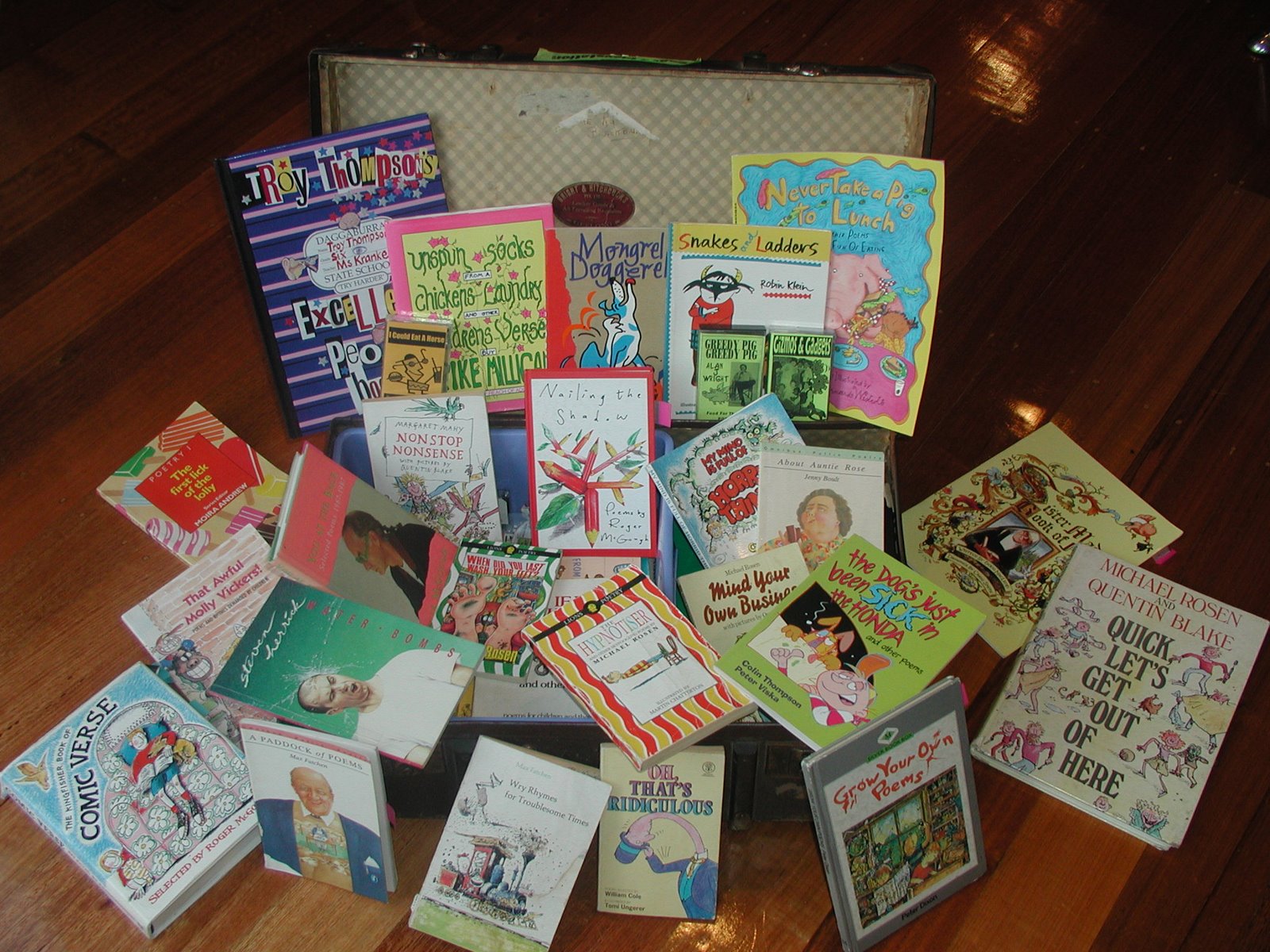Revealing Author's Craft To Student Writers
When we read like writers we set about gathering information about writing that will form curriculum for our teaching. As teachers of writing, we must ask ourselves:
What do I see the writer doing here?
Why does the writer do this?
Have I seen this particular craft move in other writing
What can I call this craft move?
How could I try this in my own writing?
How could I help my student writers to try this in their writing?
The more we practice reading like writers, the easier it becomes to identify elements of writing craft present in the books with which we work. It is a skill that develops with practice. It takes time and regular practice. It requires us to engage in professional conversations with our colleagues regarding a text's potential.That is why such matters should be part of teacher planning sessions. Such texts should be our ticket in. Bring a trusted author with you...
In time it has the potential to change the way we read. When we learn to read like writers we are no longer alone in our important work as teachers of writing. We are able to call on our unwitting collaborators. They enter the classroom with us each day. They sit with us during writing workshop.
We begin to mine down into the text and notice ever more aspects of writing craft. We begin to ask questions of ourselves as we examine these trusted texts:
How does the author move the piece across time from the start to the finish?
How does the author encourage the reader to infer certain events and ideas?
How does the author expand small, yet significant moments to draw attention to them?
How is punctuation used by this author/
Does the author do particular things with font and and style?
How does the author reveal the mood of a character?
How does the author use words in interesting ways?
How does the author establish a sense of setting/settings
How does the author elaborate on certain details? Why?
These questions reveal why it is so important to become deeply familiar with quality children's literature when teaching writing. Any study of writing craft becomes more effective when a teacher possesses an established knowledge of literature and shares this with student writers. We are thus, better equipped to help them to use their eyes and their ears when viewing the work of other writers and weighing up its appropriateness for their own writing purposes.
'Writing is learned by imitation. If anyone asked me how I learned to write, I'd say I learned by reading the men and women who were doing the kind of writing I wanted to do and trying to figure out how they did it.'
William Zinsser















Comments
Post a Comment